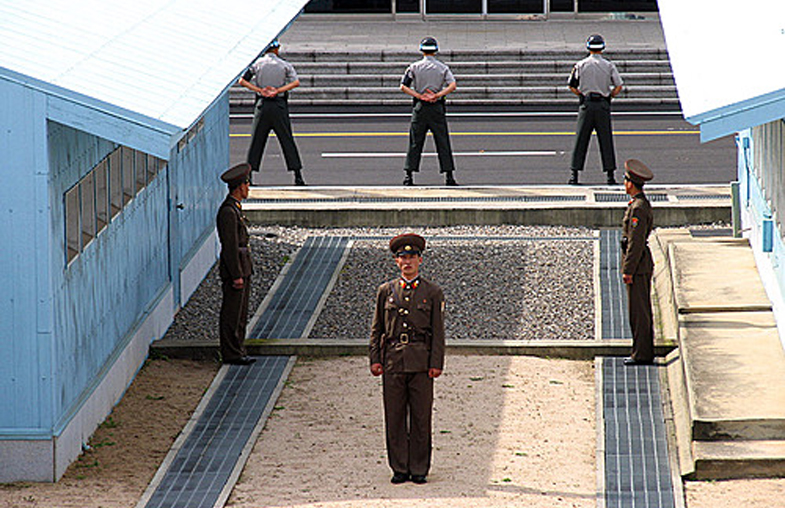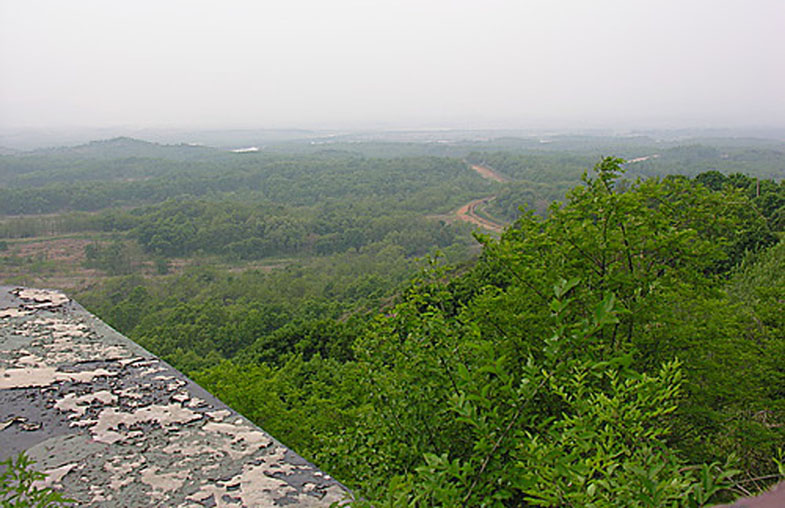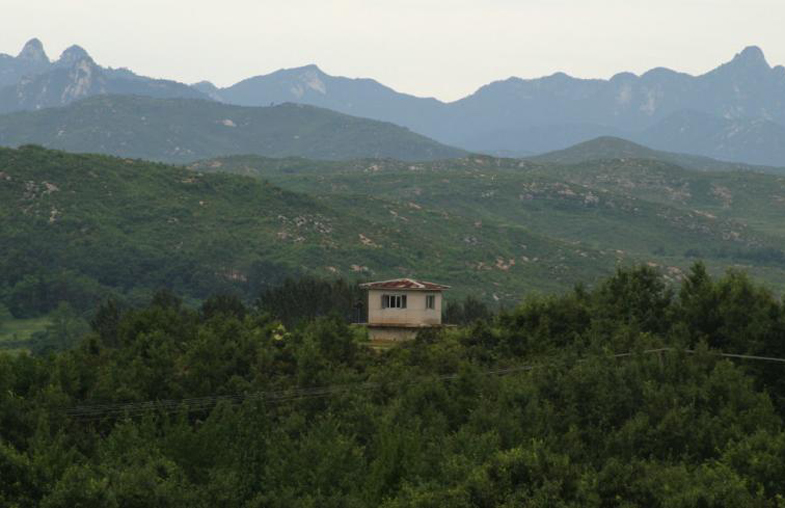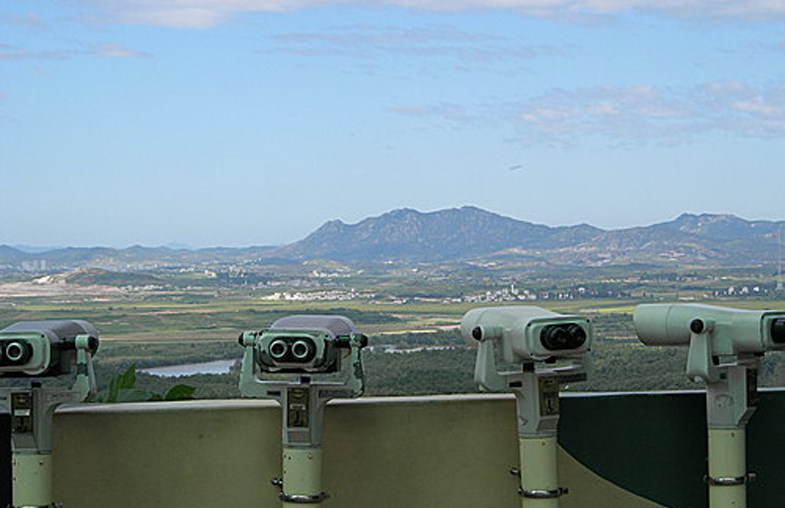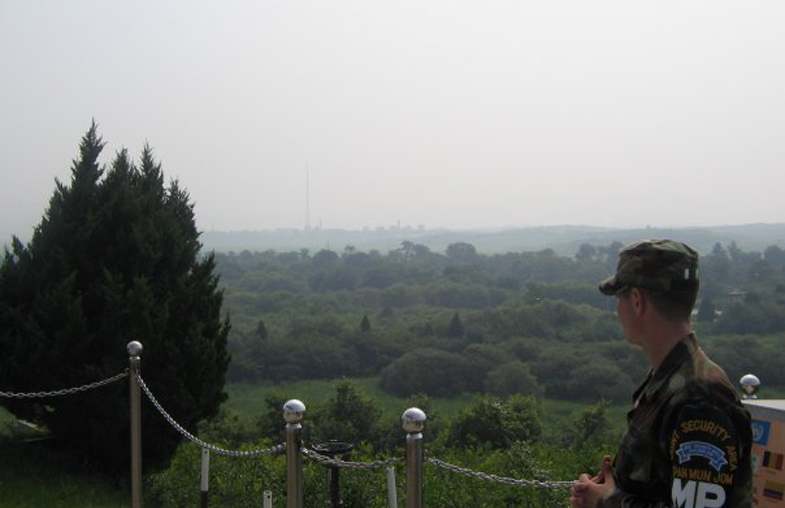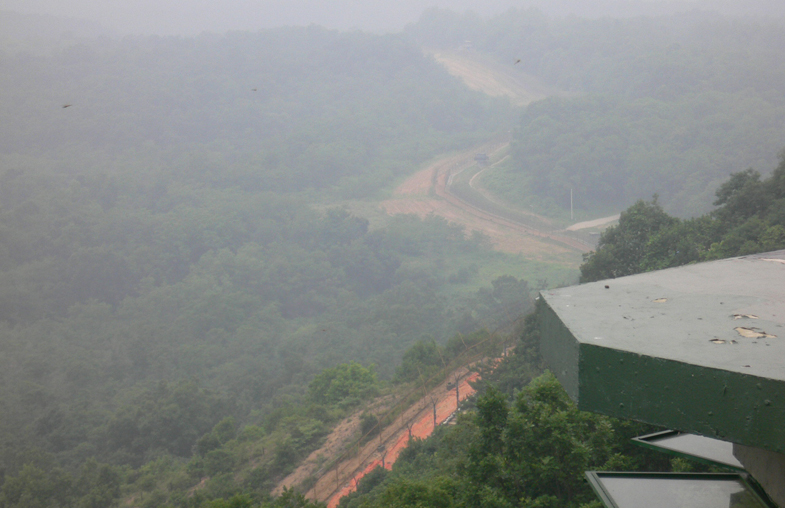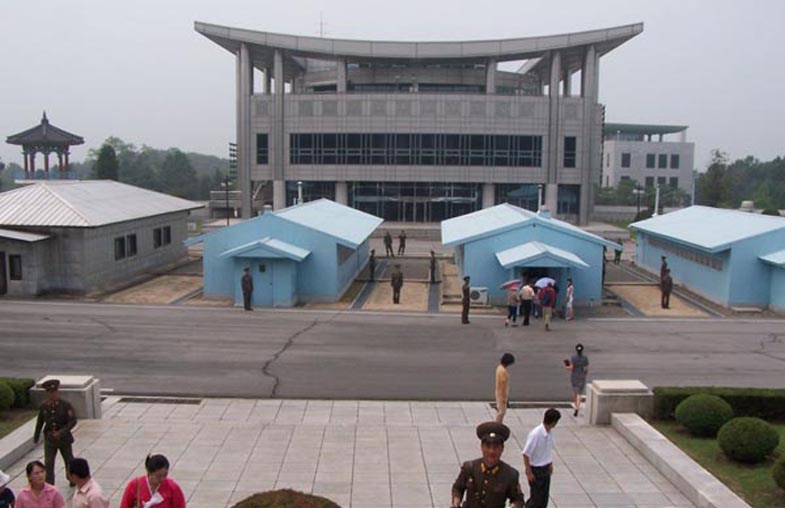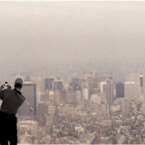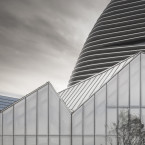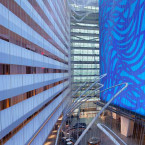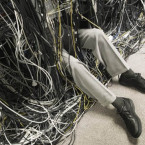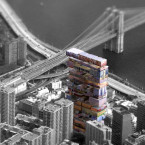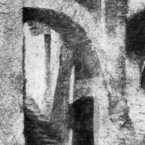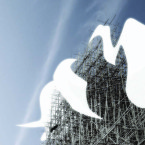At a time when the relationship between the North and South Korea is beginning to take on a larger presence in the world stage, it seems relevant to look into this strip of barren land which exists as a figurative scar which remains from the war a half a century ago. Considered to be the most heavily armed border in the world, there exists a sense of tension between the two countries at the Korean DMZ. Additionally, it remains as one of the last vestiges of the Cold War, as well as the divide between capitalism and communism—perhaps even extending the relevance and the meaning of the site beyond the two Koreas to a world-wide scale.
The DMZ currently stretches 155 miles at approximately 2.5 miles wide. For many in the South who were displaced from the Northern Korea at the time of the war, this border becomes a threshold to a world they left behind over 50 years ago. It is a point of nostalgia—a place of immaculate beauty, untouched by the hands of industrialization which has swept across much of South Korea in the recent decades following the war. For the inhabitants to the North, this border becomes a threshold they hope to cross to reach a place of freedom away from the poverty-stricken communist regime. Thusly, from the surface, this strip of land presents a case in which a space creates tension, contestation and even to a degree, a sense of sacredness for two opposing groups of people. In the Korean psyche, it remains not just as a physical scar which separates the two countries apart, but as a psychological scar that represents generations of political and socio-cultural strife that plagued the country for over half-century.
Historically, this border represents the site where negotiations led to the end of the conflict. Specifically, Panmunjeom—the actual site where these negotiations were held, on the Western side of the peninsula—still remains as the point of negotiation for the reunification process. Symbolically, this becomes a point that is shared by the two sides and as a result becomes a possible point of crossing and mixing between the North and the South. As the frontier of the two countries, the DMZ has also been viewed as dissemination points of propaganda and allegations by both sides. Additionally, many smaller skirmishes which occurred around this area since the establishment of the DMZ, emphasize the importance of the border and perhaps, even the importance of the lands which lay beyond this border.
Because of the lack of human intervention in the site within the DMZ, the wildlife has flourished and has created one of the most well-preserved temperate lands in the world. Beyond the political implications of this site, there exists an environmental dilemma that is developing as the idea of reunification gains momentum.
